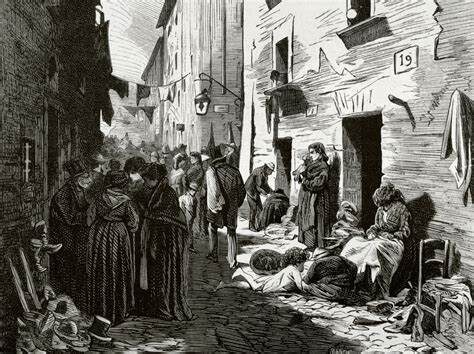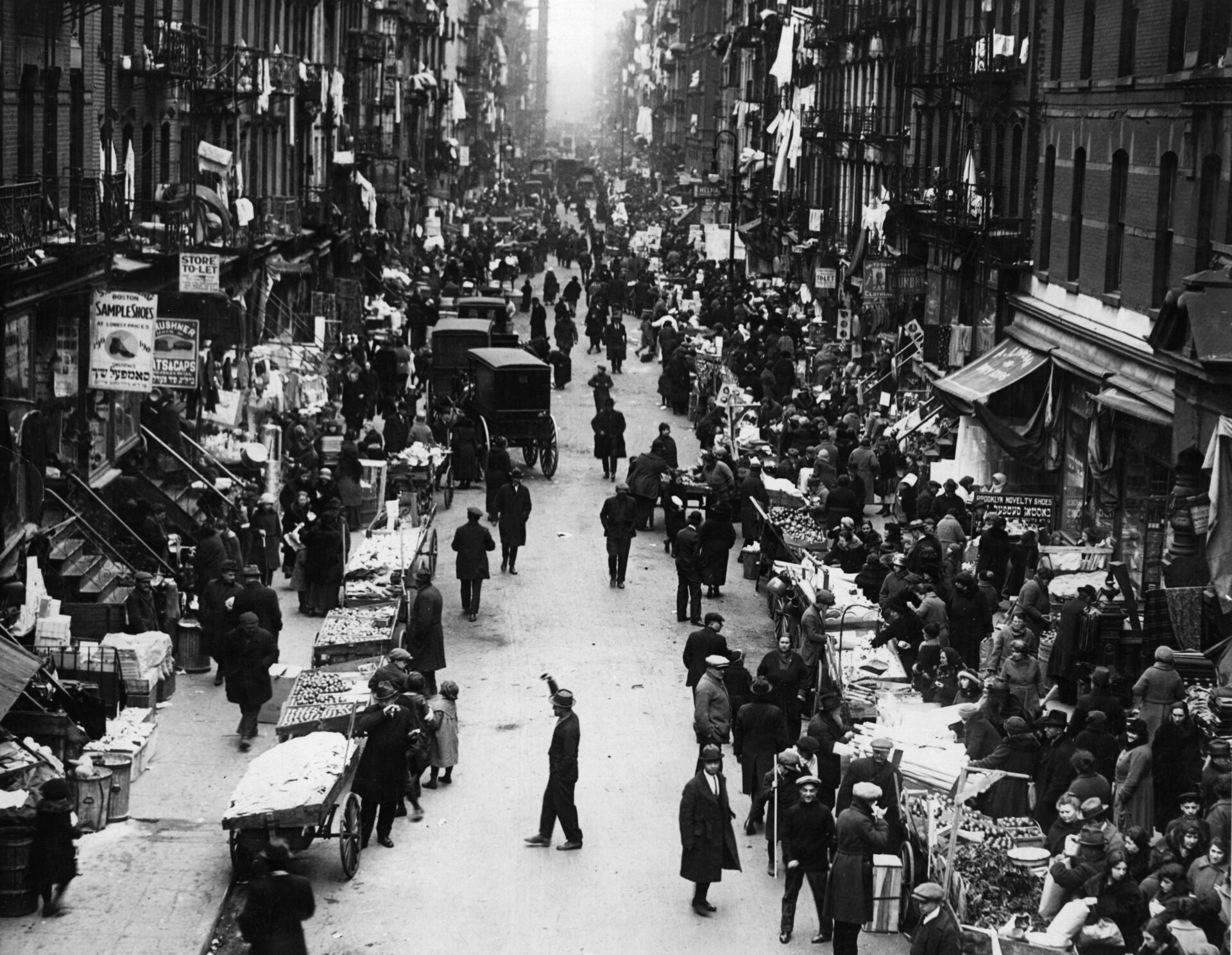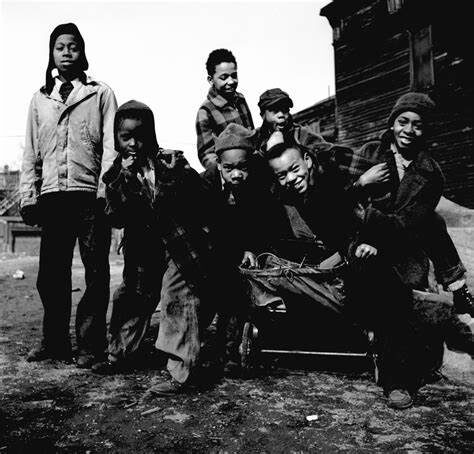
Ghettos. The word itself conjures images of confinement, segregation, and hardship. These isolated urban communities, often associated with poverty and crime, have a long and complex history, a story woven with threads of oppression, resilience, and the ongoing fight for equality. But where did ghettos originate, and how have they evolved over time? Join us as we delve into the shameful history of ghettos, from their dark beginnings to their modern-day implications.
The Evolution of Ghettos

The term “ghetto” has its roots in 16th-century Venice. The city established a specific area, the “getto,” to confine its Jewish population. This forced segregation, fueled by religious prejudice, became the blueprint for ghettos across Europe. Over time, the term expanded to encompass segregated communities based on race, ethnicity, or social status.
The Plight of European Ghettos
European ghettos often faced harsh realities. Confined to cramped quarters, residents endured overcrowding, poor sanitation, and limited access to resources. This environment fostered poverty and disease, making ghettos breeding grounds for hardship. The rise of Nazi Germany marked a horrific escalation. Nazi ghettos became holding pens for Jews before their deportation to concentration camps, a horrifying chapter etched in human history.
Segregation in America
While the term “ghetto” wasn’t initially used in America, similar patterns of segregation emerged. Following the abolition of slavery, discriminatory housing policies created “redlining,” where Black communities were denied access to mortgages and better housing. This practice confined them to segregated neighborhoods with limited resources, mirroring the hardships faced in European ghettos.
The Legacy of Ghettos

The legacy of ghettos extends far beyond physical confinement. Generations have grappled with the effects of poverty, limited opportunities, and social stigma. Ghettos became breeding grounds for violence and crime, creating a vicious cycle that’s difficult to break.
Community and Resilience
Despite the hardships, ghetto communities have fostered a strong sense of resilience and solidarity. Vibrant cultures were born within these walls, and a spirit of self-reliance emerged. Musicians, artists, and activists arose from these communities, using their experiences to challenge the status quo and fight for change.
Ghettos Today
While the term “ghetto” is less frequently used officially, the issue of segregated communities persists. Modern ghettos may not have physical walls, but they are defined by poverty, social isolation, and limited opportunities. These communities often face higher crime rates, poorer healthcare access, and lower educational attainment.
Strategies for Change
The challenges of modern ghettos require multifaceted solutions. Investing in education and job training programs, increasing access to affordable housing, and promoting economic development are critical steps. Community-based initiatives that empower residents and address underlying social issues can also play a vital role in breaking the cycle of poverty and inequality.
Conclusion
The history of ghettos is a stark reminder of the consequences of prejudice and segregation. However, it’s also a story of human resilience and the power of community. By acknowledging the past, understanding the present, and actively working towards solutions, we can create a future where everyone has the opportunity to thrive, regardless of their background or zip code.
You May Also Like….
- A Look at America’s Most Infamous Serial Killers
- A Walk-Through Time: 10 Historical Documents That Shaped Our World
- Crime and Haute Couture: The Most Stylish Criminals in History
FAQs
Q1: Why are ghettos still a problem today?
Many factors contribute to the persistence of ghetto-like areas. These include historical patterns of discrimination, economic disparities, and lack of access to resources needed to climb the social ladder.
Q2: What’s the difference between a ghetto and a neighborhood?
The key difference lies in the element of forced segregation and limited opportunities. While neighborhoods can be defined by socioeconomic status, ghettos often lack resources and opportunities for upward mobility.
Q3: What are some of the challenges residents of ghettos face?
Residents grapple with poverty, limited access to quality education and healthcare, higher crime rates, and a lack of economic opportunities. The cycle of poverty becomes entrenched, creating a sense of hopelessness for future generations.
Q4: What steps can we take to address the issues faced by ghetto communities?
Investing in education and job training programs, promoting affordable housing initiatives, and supporting community-based development projects can all play a significant role. Addressing institutional biases and promoting equal opportunities are also crucial in creating a more equitable society.
Q5: Can ghettos ever become thriving communities?
Absolutely! History offers examples of once-blighted areas undergoing revitalization. Community-driven initiatives, coupled with government support and private investment, can transform ghettos into thriving neighborhoods with vibrant economies and a strong sense of community. The key lies in empowering residents and fostering a sense of ownership over their future.


